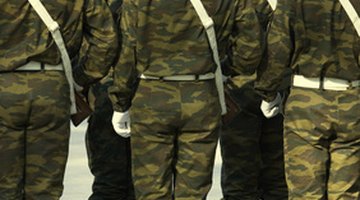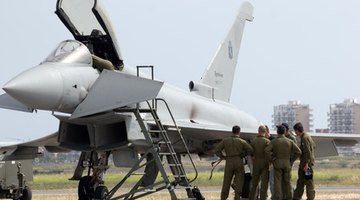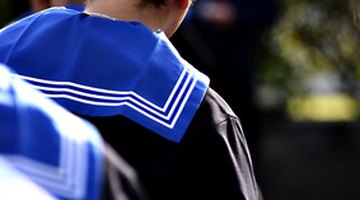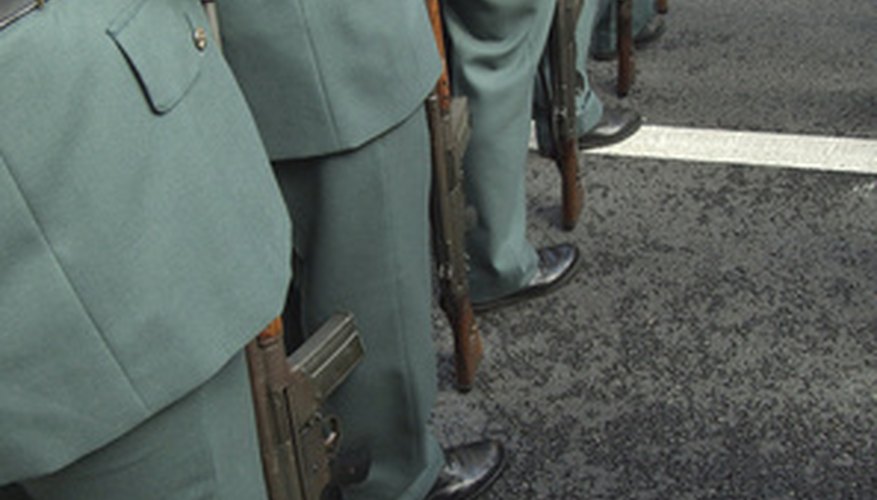The military relies on a carefully structured hierarchy of leadership in order to function well. Military sergeants and officers use the three main leadership styles, authoritarian, democratic and laissez-faire (free reign) to provide direction for their subordinates and meet the unit's goals. The blended leadership approach recognises that different situations call for different leadership styles, and advocates a dynamic approach to leadership. In the military, commanders have absolute authority to determine which leadership style to use with which soldiers.
Authoritarian

Authoritarian leadership is extremely strict and rigid. It is the stereotypical boss giving orders to the subordinate. This leadership style is used during basic training, when drill sergeants teach obedience and respect to new recruits. This type of leadership does not involve yelling or abuse, rather it is a stricter form of appropriate leadership. Commanders may also choose to be authoritarian in time critical missions or during emergencies, where taking the time to debate orders would cause property damage, mission failure or injury.
- Authoritarian leadership is extremely strict and rigid.
- This leadership style is used during basic training, when drill sergeants teach obedience and respect to new recruits.
Some drawbacks to authoritarian leadership include: disenchantment, depression and frustration among subordinates. For this reason, the authoritative style is not recommended for long periods of time or with motivated followers.
Democratic

Democratic leadership offers followers the highest level of freedom in decision-making. In this leadership approach, leaders consult with one or more followers to make decisions. Most military teams after basic training use this approach to promote fellowship and teamwork within the unit. Democratic leadership gives subordinates opportunities to advance their skills through on-the-job leadership and training. A major drawback to the democratic style is that it takes to make decisions.
- Democratic leadership offers followers the highest level of freedom in decision-making.
- Most military teams after basic training use this approach to promote fellowship and teamwork within the unit.
Laissez-Faire/Free Reign

The hands-off, laissez-faire or free reign style of leadership allows followers to take charge of situations under supervision (but not interference, unless there is a problem) of their leader. Military officers frequently use this type of leadership to delegate jobs and teams to non-commissioned officers or sergeants.
Leaders delegate responsibility to other competent team members so the subordinates can learn how to lead and to free up time for the leader to do other important tasks. Military officers can also delegate tasks to subordinate experts, who know more about a particular job than the leader. This maintains span of control, while allowing the experts to do their jobs without interruption.
- The hands-off, laissez-faire or free reign style of leadership allows followers to take charge of situations under supervision (but not interference, unless there is a problem) of their leader.
- Military officers can also delegate tasks to subordinate experts, who know more about a particular job than the leader.
